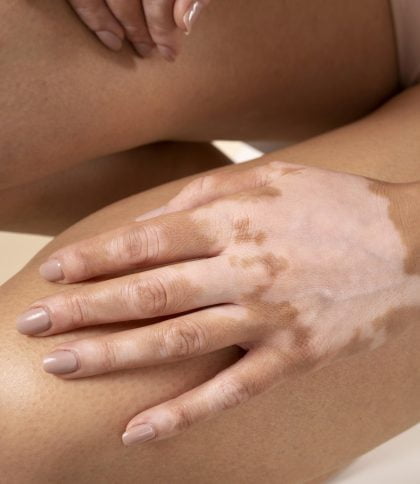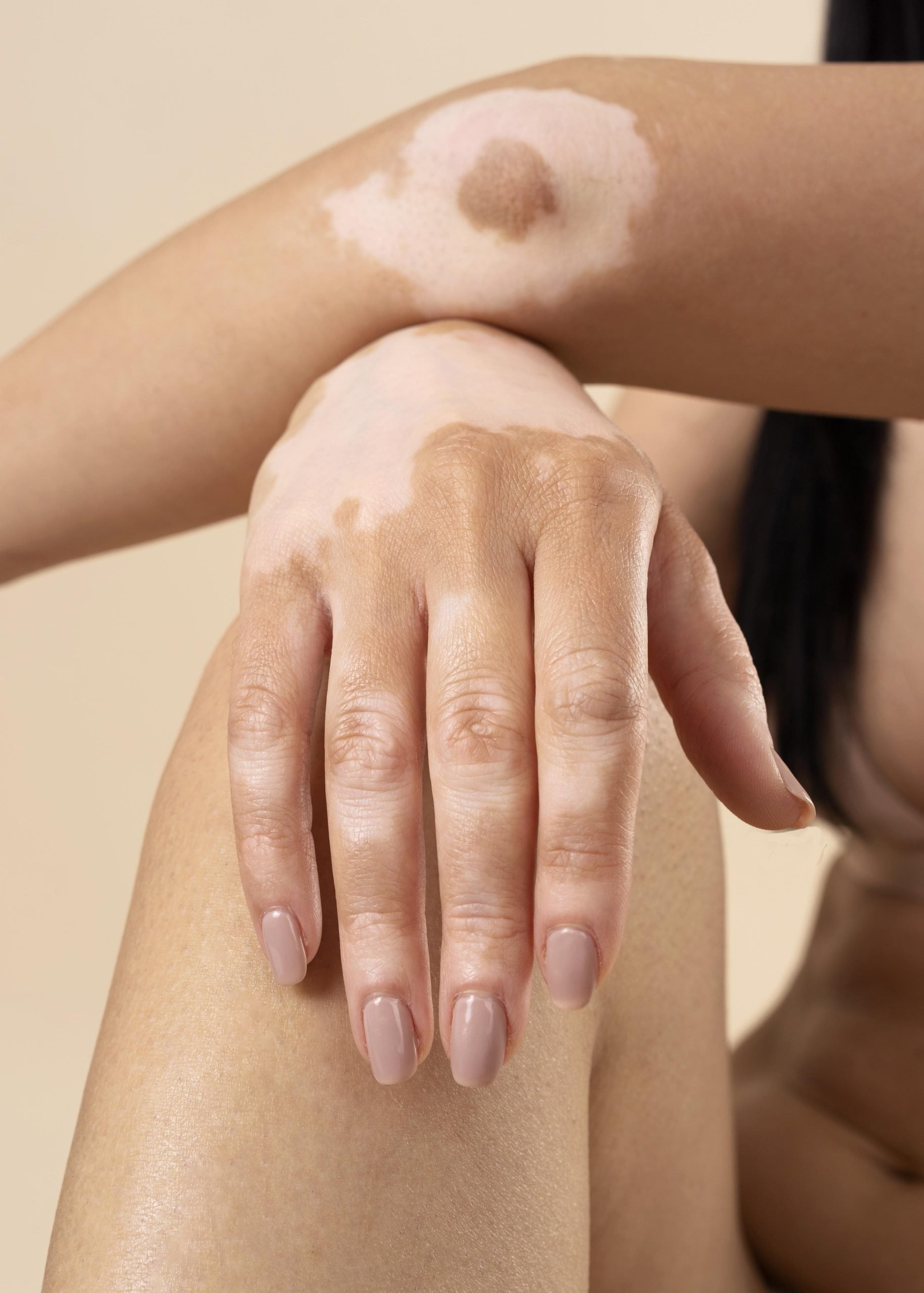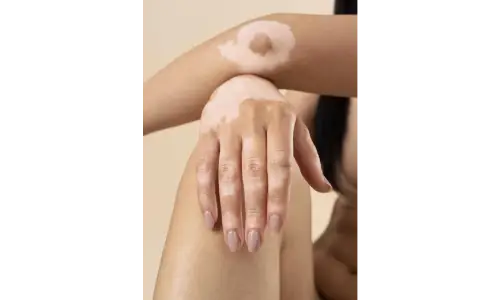Are you seeking a solution for vitiligo’s impact on your skin?
Vitiligo, is a condition marked by the loss of skin pigmentation which can create noticeable patches on various areas of the body. At YHVH, our advanced treatments aim to diminish these hypopigmented areas, promoting a more even skin tone.
Vitiligo occurs when pigment producing cells are compromised, leading to white patches on the skin. Factors such as genetics, autoimmune responses, and environmental influences contribute to its development. While there is no cure for vitiligo, our treatments target repigmentation and help manage the appearance of affected areas.
Discover transformative treatments at YHVH Medical & Aesthetics Clinic designed to address pigmentation and enhance your skin’s appearance, restoring confidence and radiance.



Yes, vitiligo can occur at any age, but it often begins before the age of 20. The condition is unpredictable, so it can occur in childhood, adolescence, and adulthood.
The spread of vitiligo varies from person to person. While some may experience progression, others may see stability or even spontaneous repigmentation. Regular monitoring can help track any changes in the extent of vitiligo.
No, Vitiligo can affect individuals of all skin tones and ethnicities. It results from the loss of melanin (the pigment that is responsible for skin color). It can impact anyone, regardless of their initial skin color.
No, Vitiligo will not be transferable from person to person. It is an autoimmune condition where the body’s immune system attacks its own pigment-producing cells. It cannot be transmitted through touch, air, or any form of contact with affected individuals.

Yes, vitiligo can occur at any age, but it often begins before the age of 20. The condition is unpredictable, so it can occur in childhood, adolescence, and adulthood.
The spread of vitiligo varies from person to person. While some may experience progression, others may see stability or even spontaneous repigmentation. Regular monitoring can help track any changes in the extent of vitiligo.
No, Vitiligo can affect individuals of all skin tones and ethnicities. It results from the loss of melanin (the pigment that is responsible for skin color). It can impact anyone, regardless of their initial skin color.
No, Vitiligo will not be transferable from person to person. It is an autoimmune condition where the body’s immune system attacks its own pigment-producing cells. It cannot be transmitted through touch, air, or any form of contact with affected individuals.


